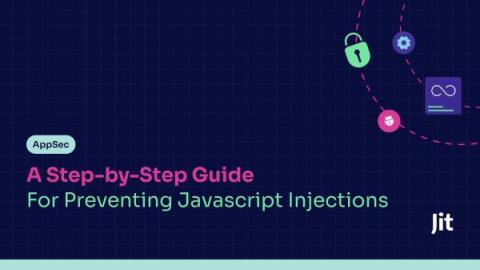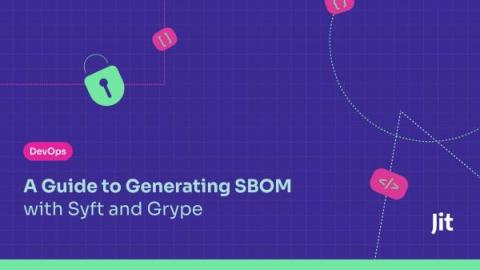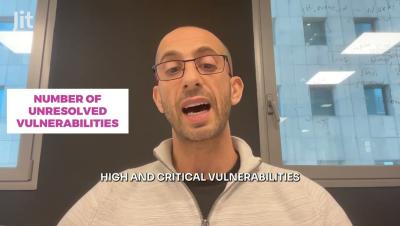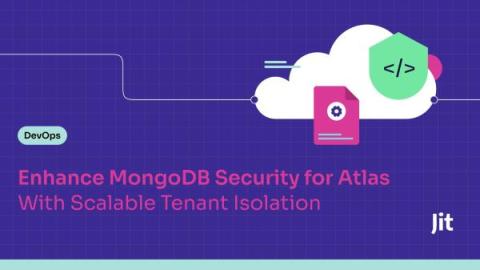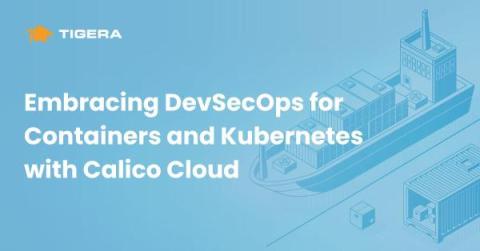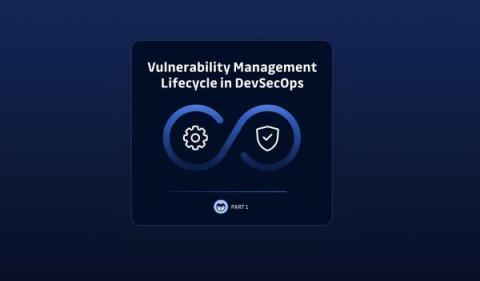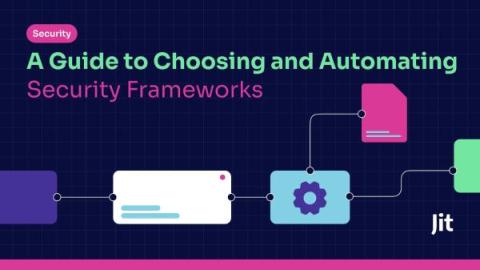Step-by-Step Guide to Preventing JavaScript Injections
If over 40 major banks can be the target of JavaScript injection attacks, let’s be honest – so can you. In 2023, a malware campaign using this attack method affected 50,000 user sessions across more than 40 financial institutions worldwide, leaving many dev teams in pure damage-control mode. 67.9% of professional developers use JavaScript more often than any other programming language. Its popularity is understandable, given its versatile and interactive capabilities.


